Introduction
Stirling is a fascinating historical town. Situated at the crossroads of the highlands and lowlands of Scotland, it was a strategic location for the Scots through their long history of defending themselves from the English. Located only 40 miles from Edinburgh and 30 miles from Glasgow, the famous castle town is a perfect distance for a day trip to get away from the cities.
Stirling hosts some famous attractions that make the town a real travel destination like the National Wallace Museum, an abbey from the 12th century, and the amazing Stirling Castle. With its perfect location, the town has gorgeous views of some neighboring mountain ranges and rolling green hills.
This article will show you some of the best parts of Stirling, mostly pertaining to the main attraction: Stirling Castle. I will show you other attractions worth seeing in Stirling as well as a mapped out itinerary to make planning your trip easier!
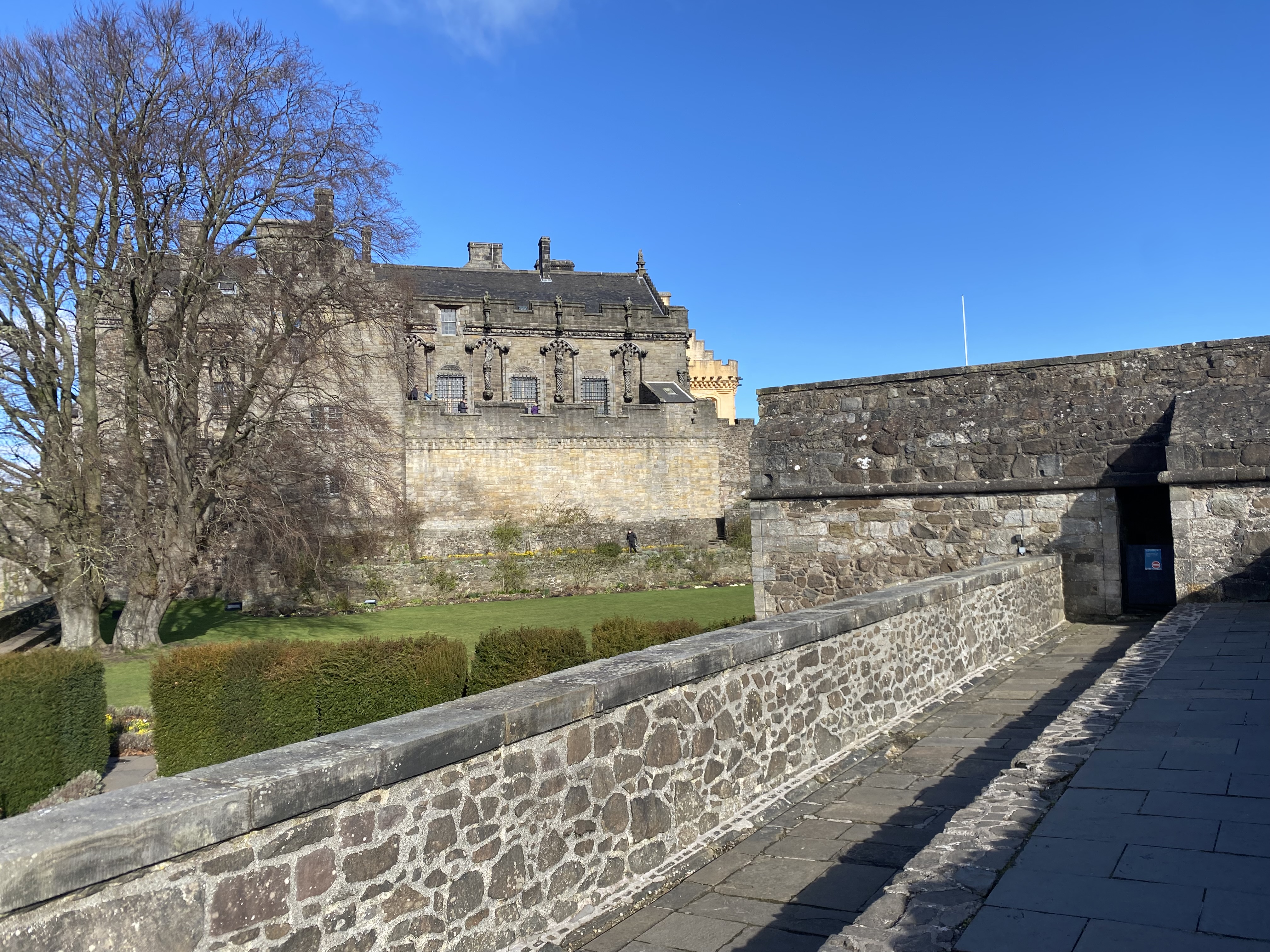
My Trip to Stirling
I spent a day trip in Stirling when I was staying in Glasgow, taking the early train in the morning. As the train rolled into Stirling, I could tell I had arrived, as the castle greeted me at the top of a hill that overlooks the city. I also noticed the National Wallace Monument shooting into the sky from the base of the green hills. It was a nice, clear day and considering typical Scottish weather, I got lucky.
I started my trek up the hill to Stirling Castle through the old cobble-stoned streets. As I left the station, it felt like I went back in time. I did not know what to compare it to, but it was exactly how I expected an old Scottish town to look like. After spending about 3 hours meandering through the castle, I made my way to the National Wallace Monument. It is possible to take a bus there, but I preferred the nice walk through the town. The monument sits on the far north side of town, near the university. The best part of this walk was crossing over the Old Stirling Bridge over the River Forth.
History Bubble: Old Stirling Bridge
The Old Stirling Bridge was built in the late 15th century. The bridge was constructed of stone and had six arches, making it one of the largest bridges in Scotland at the time. Old Stirling Bridge is most famous for its role in the Battle of Stirling Bridge, which took place in 1297 during the First War of Scottish Independence. Scottish forces led by William Wallace successfully defended the bridge against an English army.
After checking out the National Wallace Monument, I made my way towards the Cambuskennth Abbey. It was unfortunately closed but expect it to be open during the summer months. The walk towards the abbey winds along the River Forth, with pastures on either side.
After checking out the National Wallace Monument, I made my way towards the Cambuskennth Abbey. It was unfortunately closed but expect it to be open during the summer months. The walk towards the abbey winds along the River Forth, with pastures on either side.
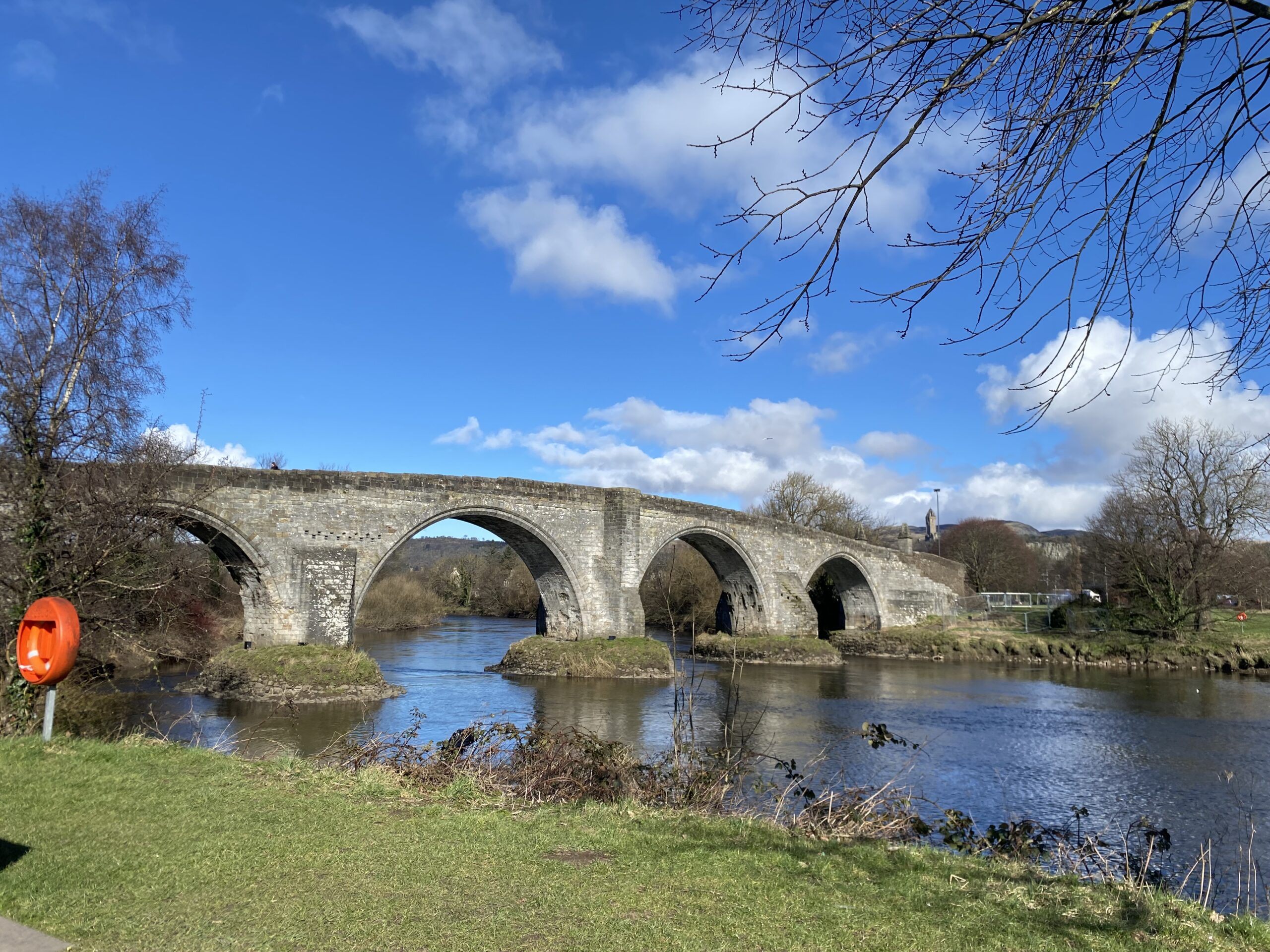
Things to do on a Day Trip to Stirling
Stirling Castle
Stirling Castle is one of the most culturally significant places in Scotland. For more than 800 years, it has gone through constant reformation.
The castle will take you anywhere between 2 and 3 hours. If you buy your ticket online, it costs £17.50. The walk-up price is £19.50.
History Bubble: Stirling Castle timeline
Early 12th century: Stirling Castle is believed to have been first built during this time. King Alexander I built a chapel on a hill.
1124: King Alexander I of Scotland dies at Stirling Castle.
1296: King Edward I of England captures Stirling Castle during the First War of Scottish Independence.
1314: Scottish forces led by King Robert the Bruce recapture Stirling Castle during the Battle of Bannockburn.
1371: King Robert II of Scotland makes Stirling Castle his primary residence.
1488: King James IV of Scotland orders extensive renovations to Stirling Castle, including the construction of the Great Hall.
1542: Mary, Queen of Scots is crowned at Stirling Castle.
1566: Mary, Queen of Scots gives birth to her son James VI at Stirling Castle.
1651: Oliver Cromwell’s army captures Stirling Castle during the English Civil War.
1746: Stirling Castle serves as a military barracks for government forces during the Jacobite uprising.
1800s: The castle is restored and renovated by architect Robert Rowand Anderson.
1900s: Used as a military base for the British army.
1964: The last military march out of the castle. 2011: Stirling Castle is designated a UNESCO World Heritage Site.
There are various exhibits covering different topics of Scottish culture and history within the walls.
Casemates Display
The Casemates Display is a perfect place to start in the castle. As soon as you enter the castle past the ticket office, turn left Queen Anne’s Garden. After checking out the views overlooking the castle, enter the first door to your left. The exhibit takes ory of the castle. It is a good place to start because it gives you a good background on what exactly the castle is all about.
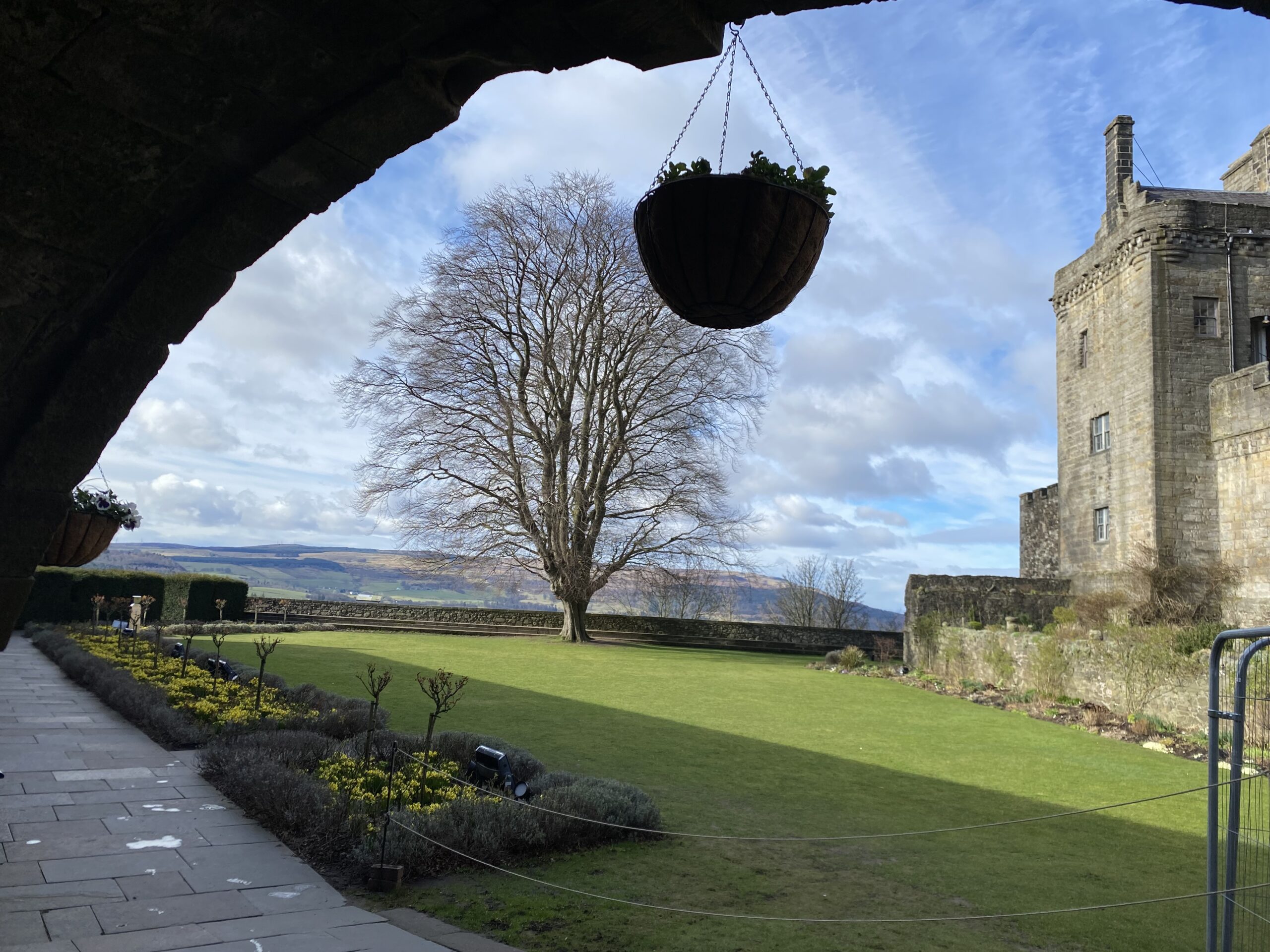

Royal Palace
Go back towards the main road and turn left to continue towards the Royal Palace. At this point there will be signs leading you in the direction of the following exhibits.
The Royal Palace is the most famous section of the Castle. In 1538, King James V instructed his people to begin construction of this section. The palace’s elegance was meant to send a political message. The most dazzling features were the more than 250 sculptures that surround the building. The exhibit that you will walk through provides a video of what the sculptures looked like at one point. King James V also created a Lion’s Den, where he supposedly kept the lions that he was gifted.
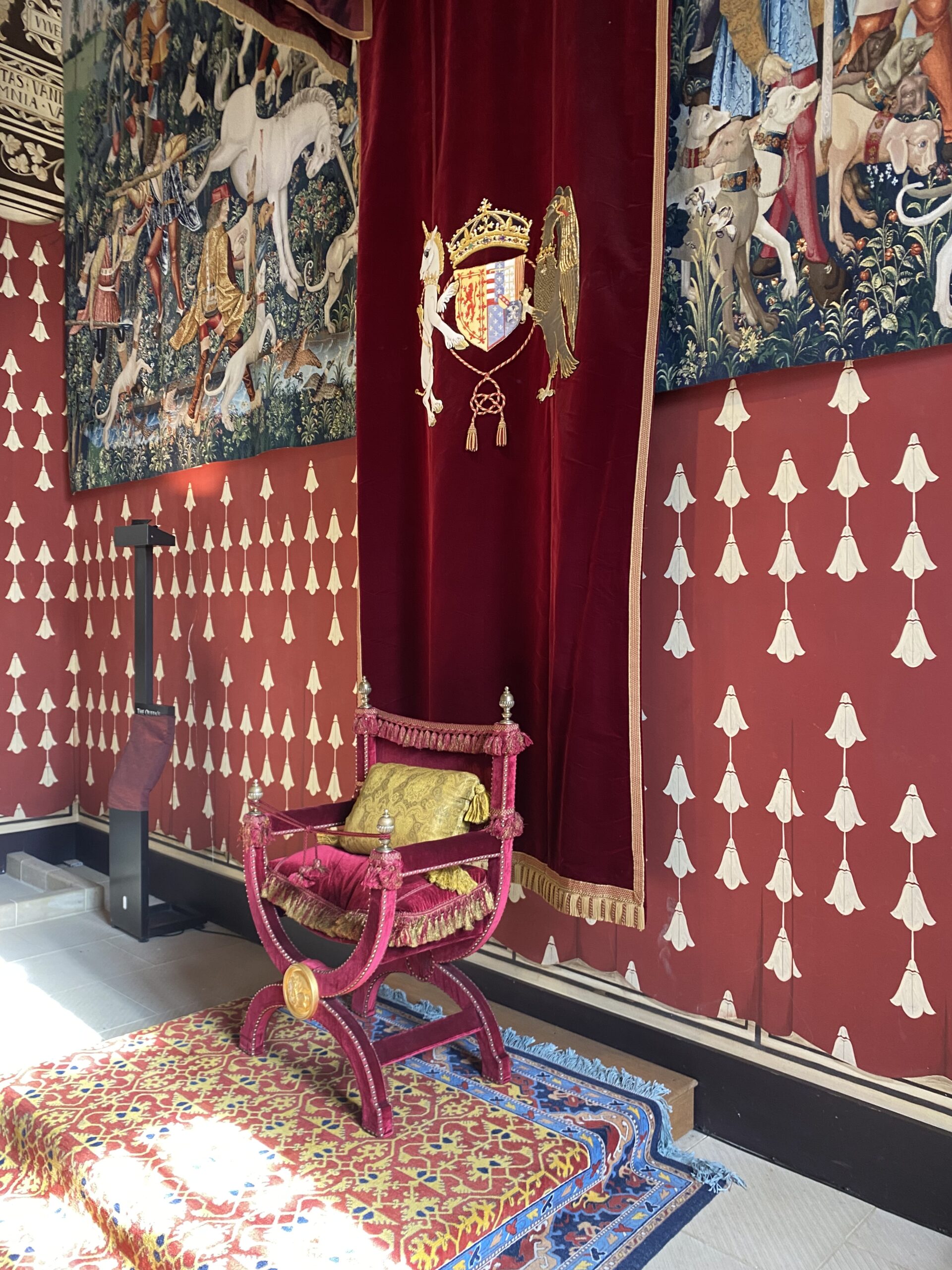
Stirling Heads Gallery
The Stirling Heads Gallery is a collection of large, oak-carved heads that depict various high-class individuals starting in the 1600s. There is a room that the one-way path through the castle will take you. Here, you will see dozens of these huge carvings. You will also see some of the carving within the ceiling of the Royal Palace.
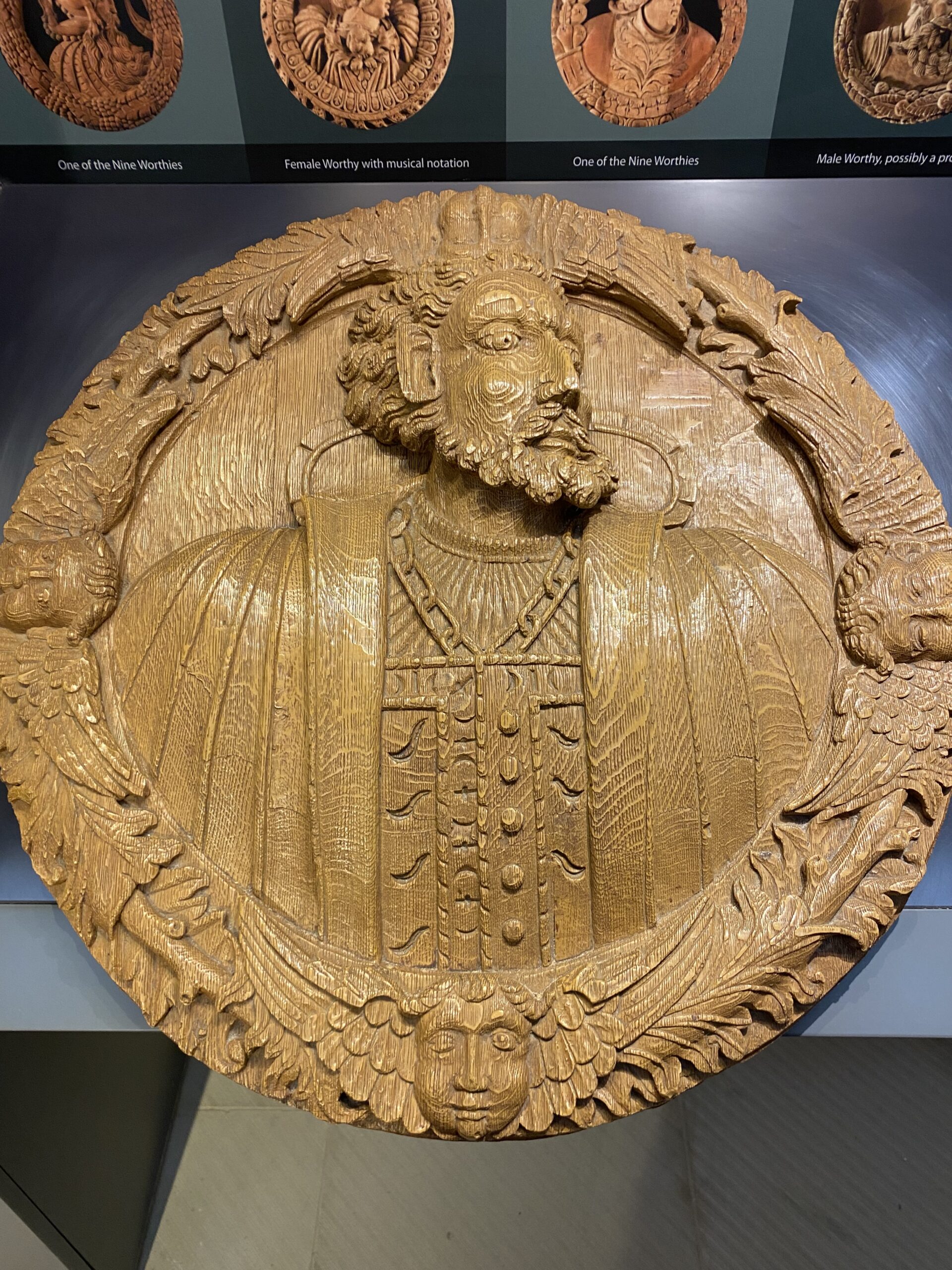
Great Hall
The Great Hall was created by James IV to represent the power of Scottish monarchs at the time. It was used for large gatherings in the castle such as baptisms and marriage ceremonies. However, its purpose shifted overtime, and in 1594 it hosted a boat, and in 1790 it was used as a cart shed and barracks.
The Great Hall looks much different today, as it was renovated in 1964 after the last troops made their monumental march out of the castle.
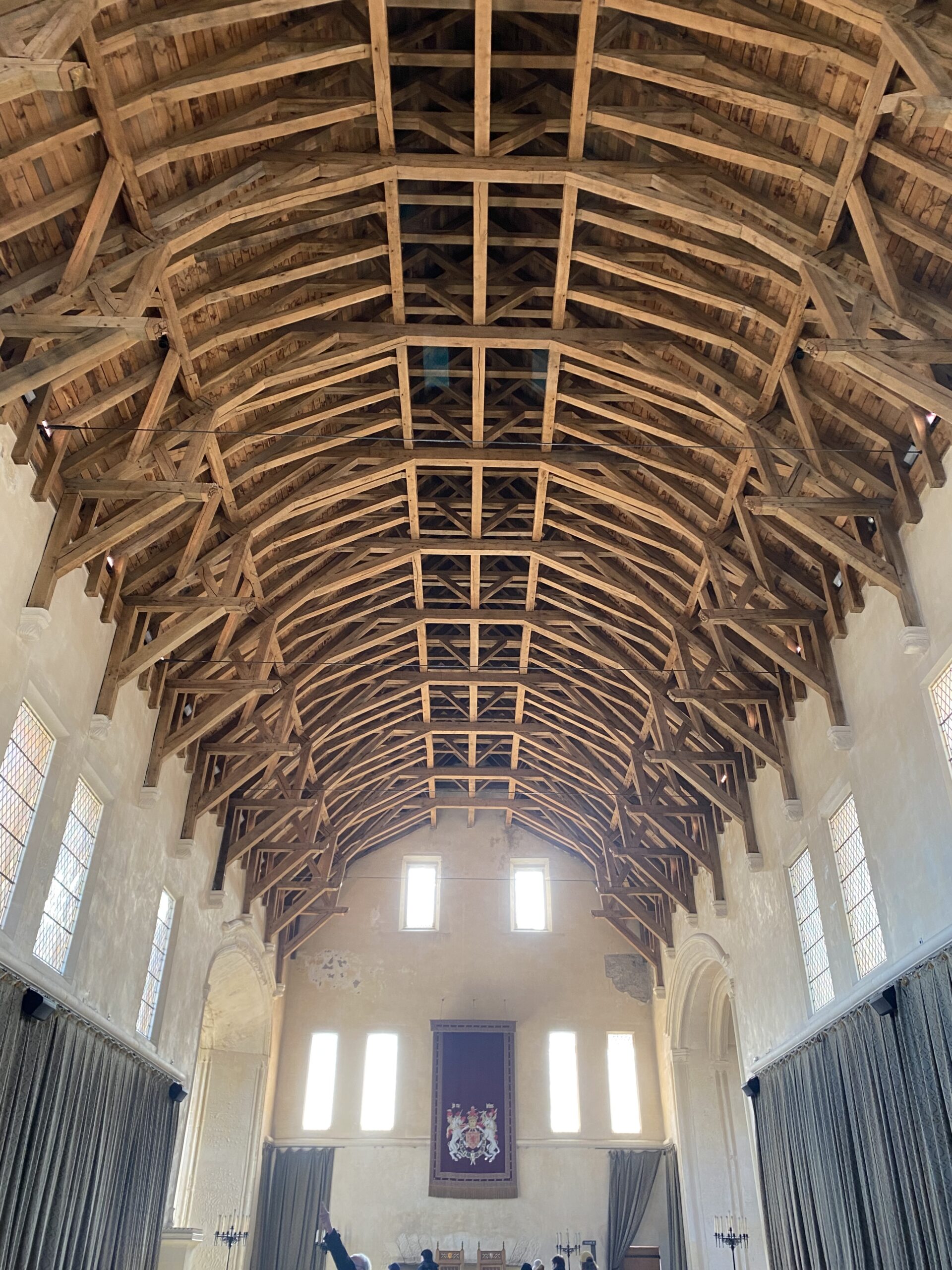
Regimental Museum
The Regimental Museum is one of the last displays in the castle. Here, there is a building with three levels dedicated to the relentless and famous army known as the Argylls. Also known as the Fighting Highlanders, the Argylls are a courageous branch of the British Army and are some of the most distinguished fighters because of their kilts and bagpipes that they take through battle.
Some fascinating displays that you will see in this exhibit are personal stories, medals and awards earned by the Argylls, and some former uniforms and equipment.
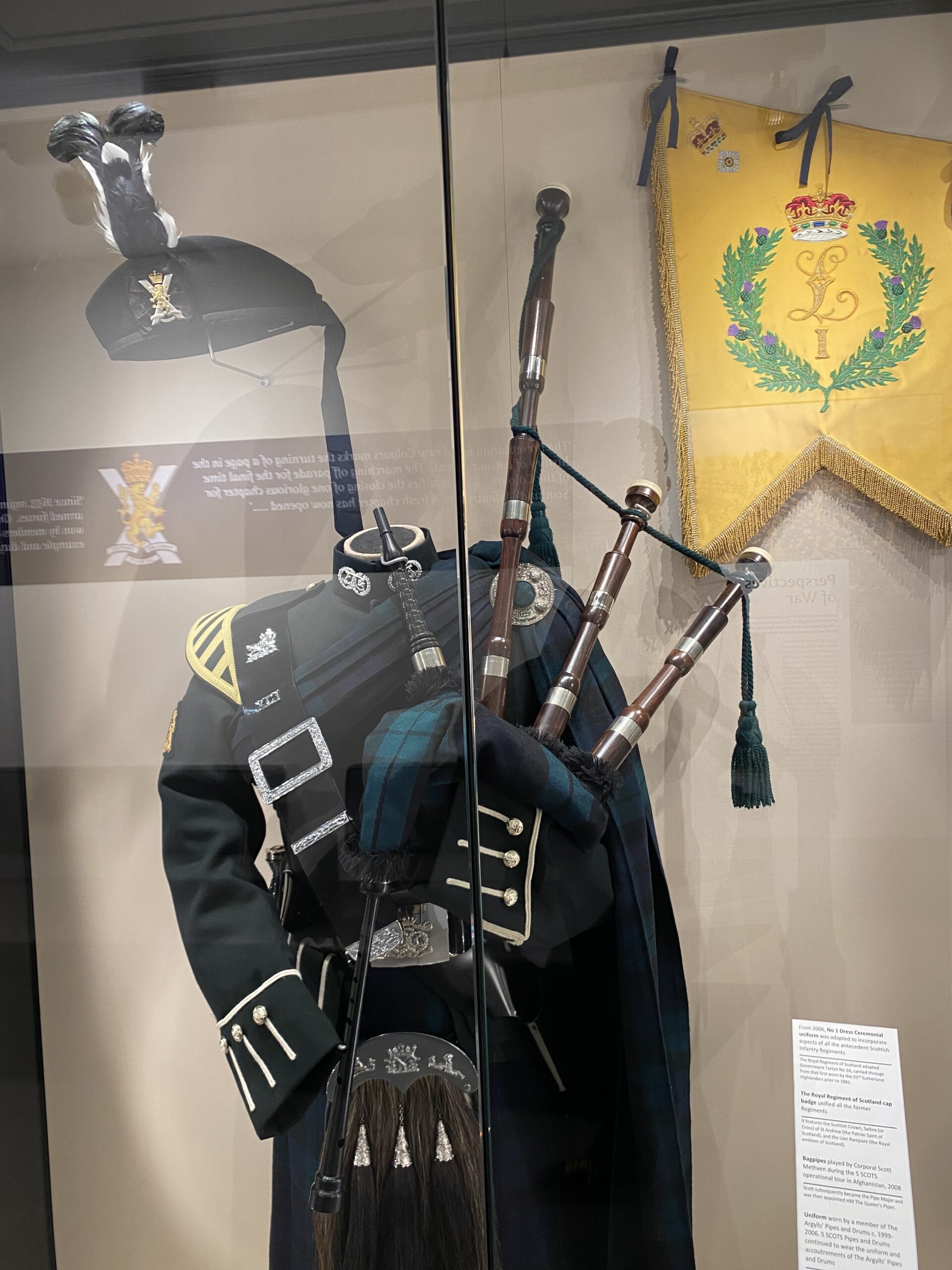
Great Kitchens
The Great Kitchens exhibit portrays how the kitchen would have looked dating back to the 17th century. The kitchen’s sole purpose was to cook for the royal family at the time.
The kitchen mainly cooked meat, but during lent cooked fish. Food was also served in larger portions as a symbol of power and economic strength.
The kitchen was covered for 200 years starting in 1689 because they needed more space for canyons and defense, as the castle was threatened by invasions more in this time period.
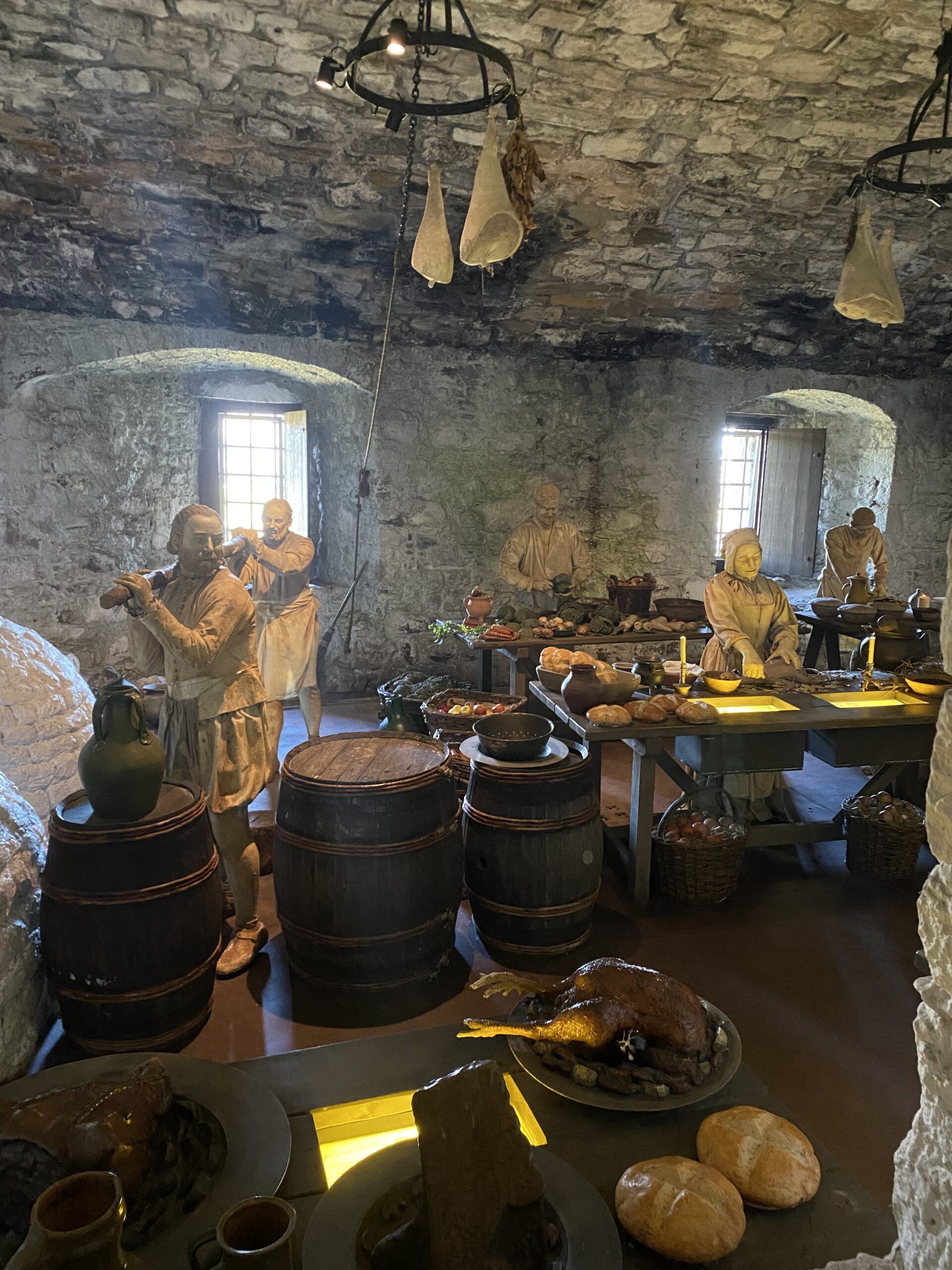
Hike up to the National Wallace Monument
The National Wallace Monument is an important memorial located on a hill Stirling. Due to its prominence, you can spot it from the castle, and throughout the town. The monument is free to walk up to but costs a steep £10.50 to enter and climb to the top. If you do embark on this journey up, there is a mini-museum and plenty if interesting things to read.
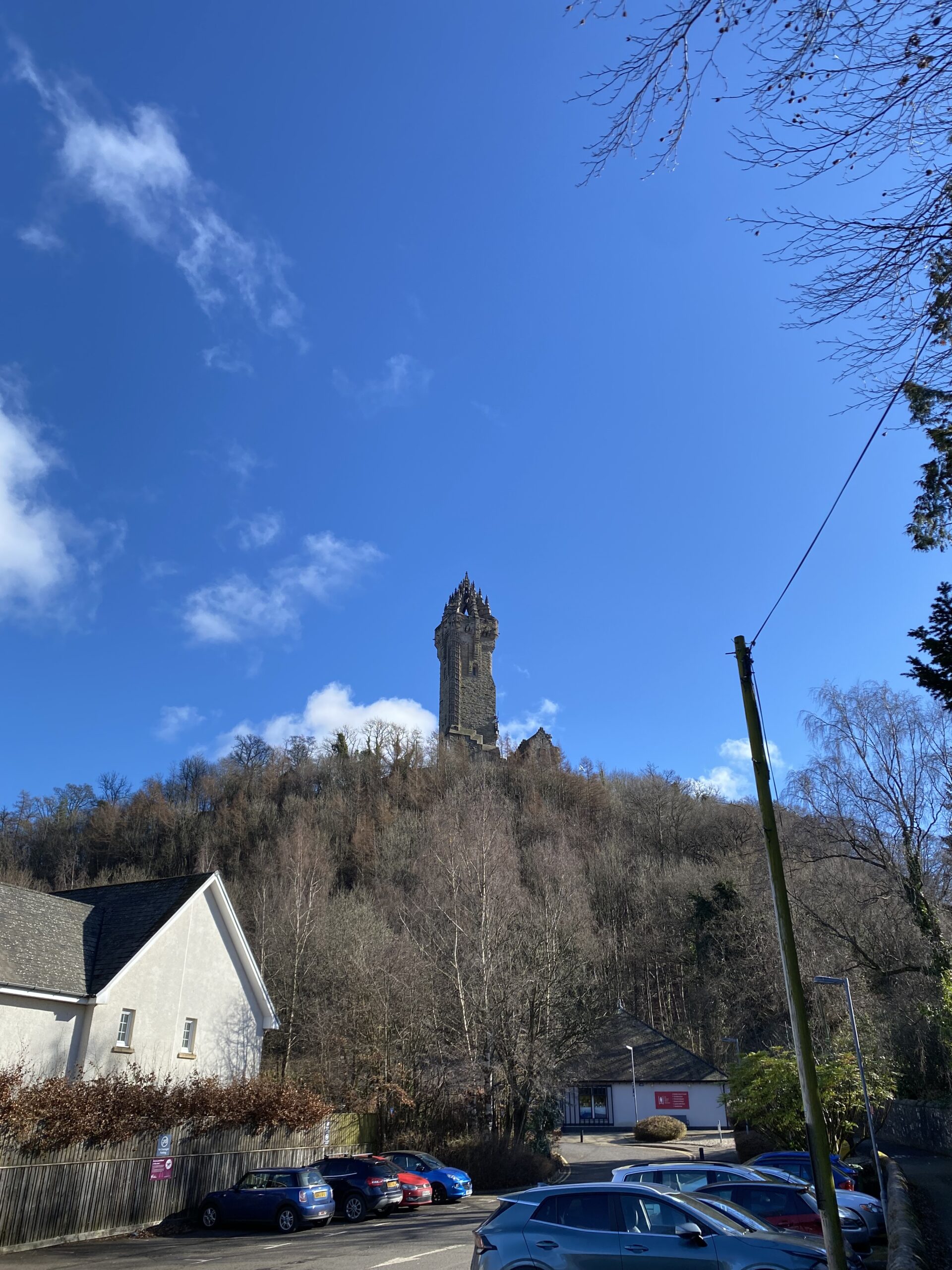
The National Wallace Monument took 8 years to complete, beginning construction in 1861, and finishing in 1869. The design of the monument came after a lengthy competition between 76 different artists. At the time, the monument costed £18,000 to build. It stands at 220 feet (67 meters) tall, straddling the hills that begin the Scottish Highlands.
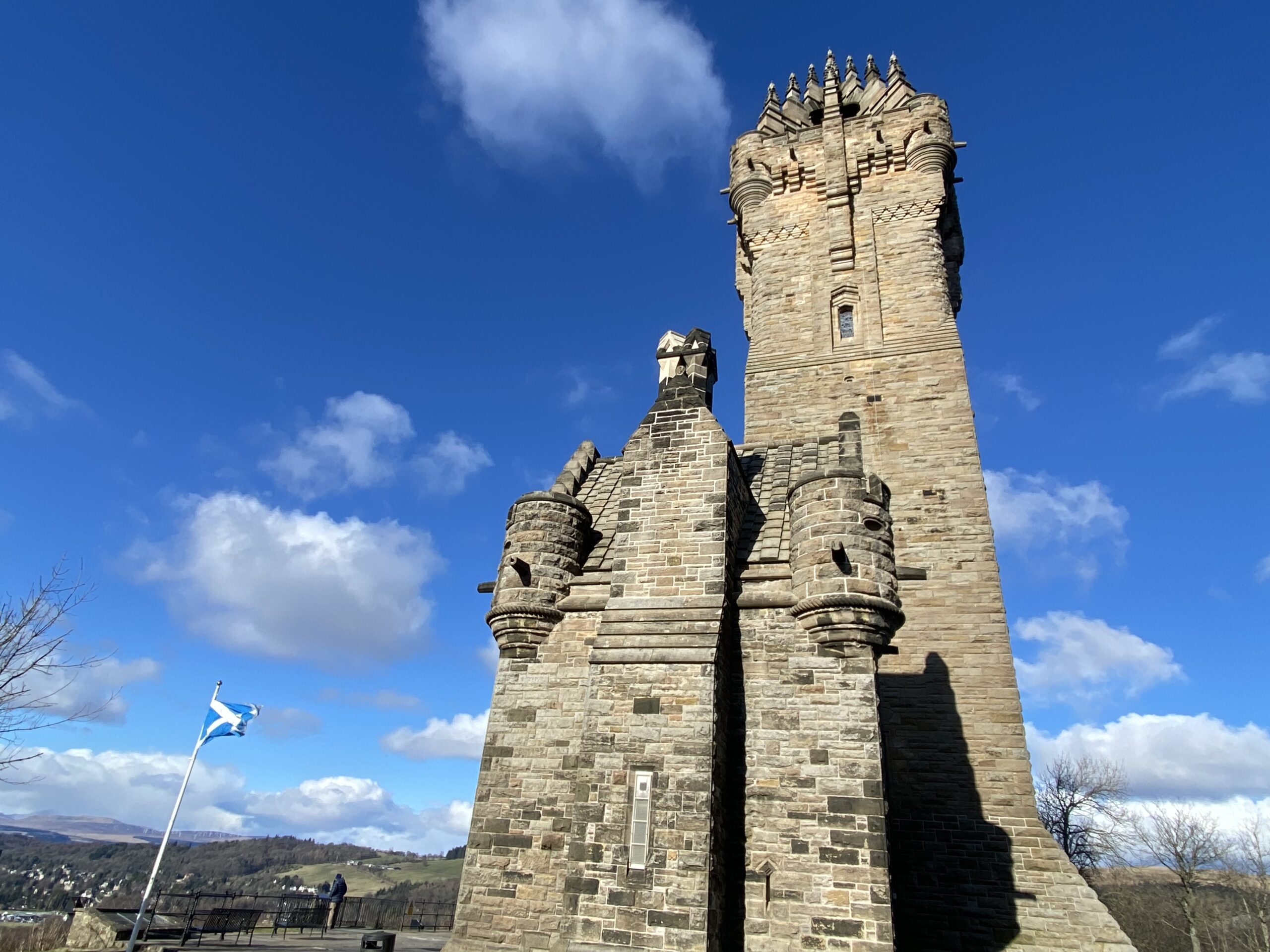
Even if you do not want to spend the expensive entrance fee into the monument, it is a nice hike up the hill to see. On a clear day, you can see the town of Stirling, the castle, and even the surrounding mountains. If you do not want to hike up, there is a free shuttle bus that leaves from the parking lot next to the Legends at the Monument cafe.
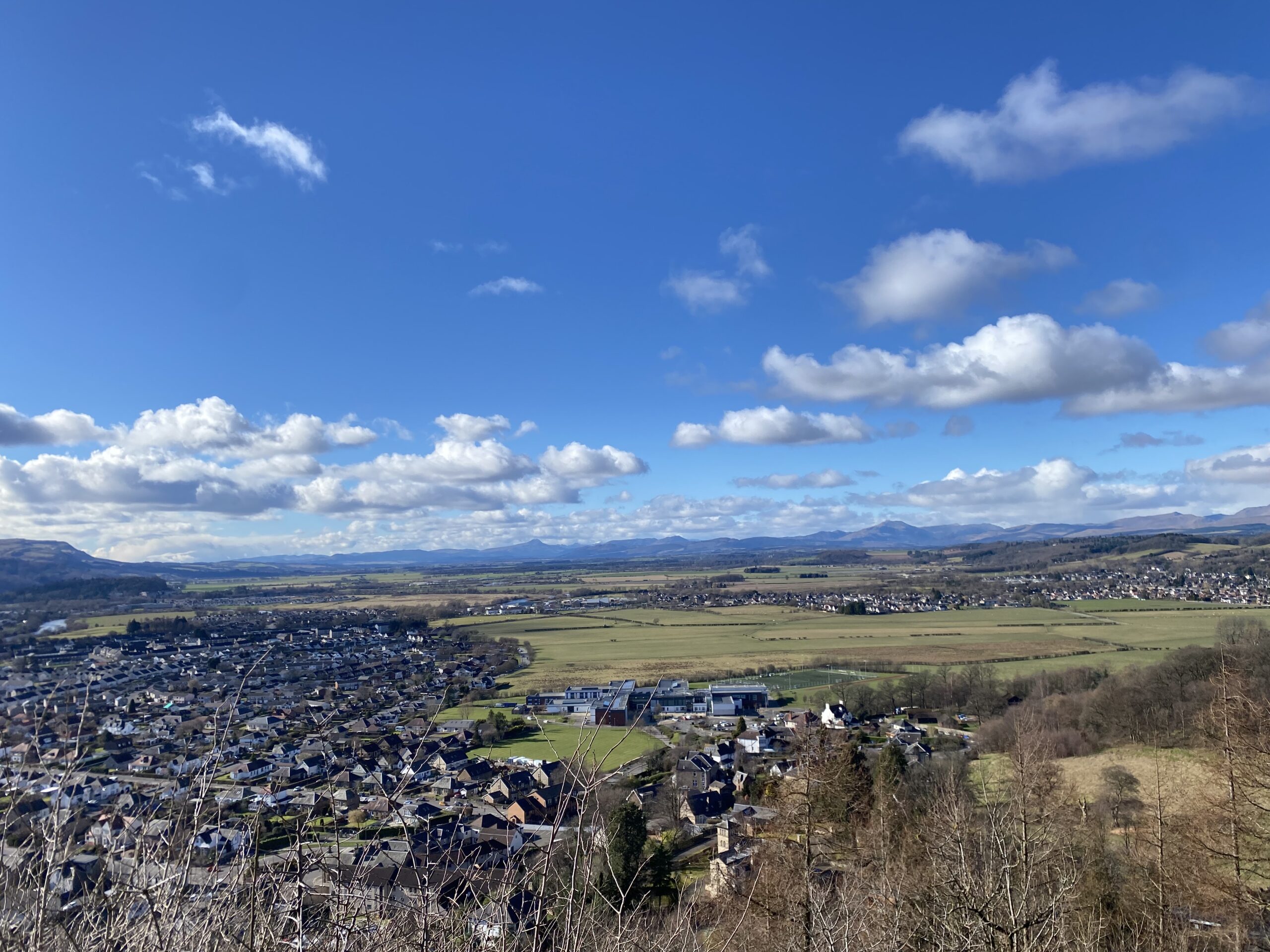
Check out the old Cambuskenneth Abbey
The Cambuskenneth Abbey was founded by King David I around 1140, but the exact construction date is unknown. It was destroyed in 1560 but was quicky rebuilt with the same materials. Because of nature, the only standing part of the original abbey is the free-standing bell tower, where King James III is buried. The bell tower is sorrounded by an eerie gravesite.
You can enter the remains of the Cambuskenneth Abbey for free during working hours between April and September.
The modern-day village that surrounds the abbey became a conservation village. Today, the village is known for its apple orchards and berry farms.
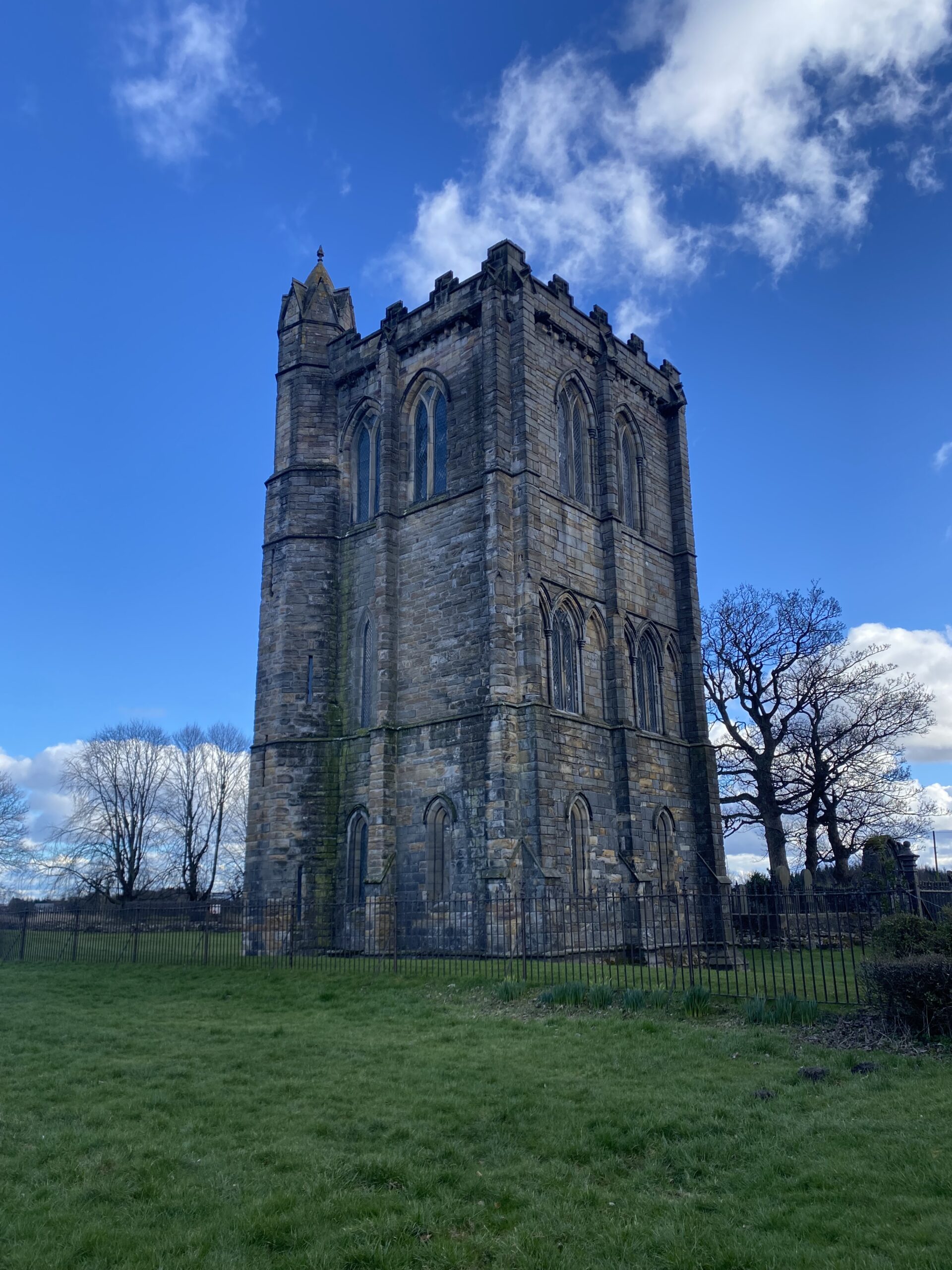
How to get to Stirling
The best way to get to Stirling is from either Glasgow or Edinburgh. From either city it will cost about £10 for off-peak travel or £15 for high-peak travel times. Check out ScotRail’s website to reference specific time and prices, but trains to and from Stirling run almost all day.
If you are driving a car, I recommend finding some free parking. You will almost certainly find a spot at Castleview Park and Ride. Here, parking is free, but the bus that takes you to the castle will cost 60 pence. However, parking at the castle is also only £2 for 1 hour, £3 for 2 hours, £4 for 3 hours, or £5 for 4 hours. Consider giving yourself a minimum of 2 hours, due to the vastness of the castle.
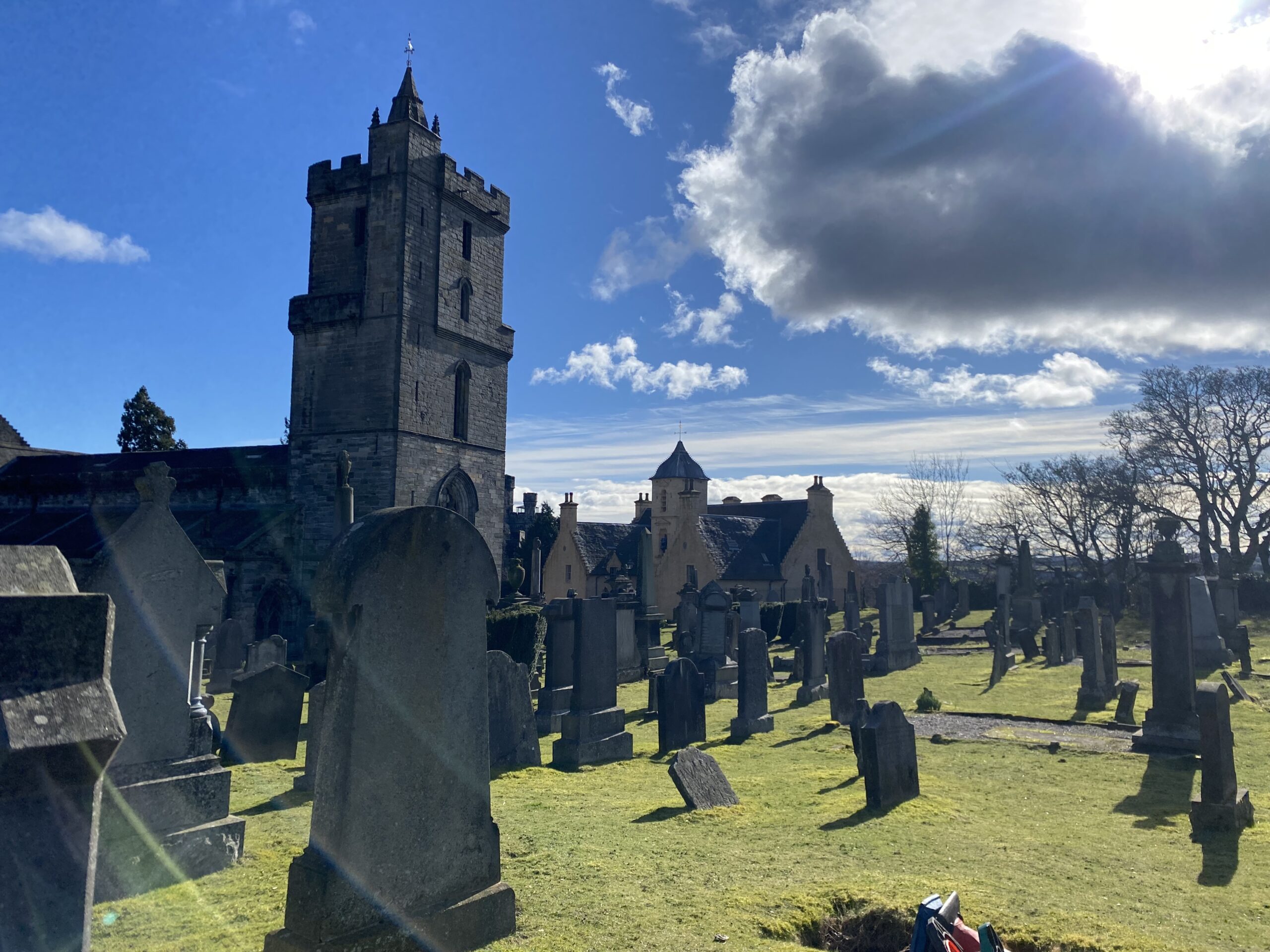
The perfect day trip itinerary to Stirling, Scotland
The easiest (and cheapest) way to reach Stirling is via train, so this itinerary starts and ends at the train station.
This itinerary includes only walking directions, because that is what I (as a budget traveler) did. Walking through Stirling is the best way to explore it. The old town’s cobble stone roads and aging infrastructure make it a scenic and fascinating walk. The walk from the Wallace Monument to the Cambuskenneth Abbey is also worth it, as you wind along the River Forth next to some sheep pastures.
Overall, the walk will take you about 2 hours and a little over 5.5 miles. Below is the breakdown of the walk between locations.
Start: Stirling Trian Station
Stop 1: Stirling Castle– 0.6 miles (15 minutes) from the train station.
Stop 2: National Wallace Monument– 2.2 miles (49 minutes) from castle.
Stop 3: Cambuskenneth Abbey– 1.8 miles (36 minutes) from the monument.
End: Stirling Train Station– 1 mile (19 minutes) from the abbey.
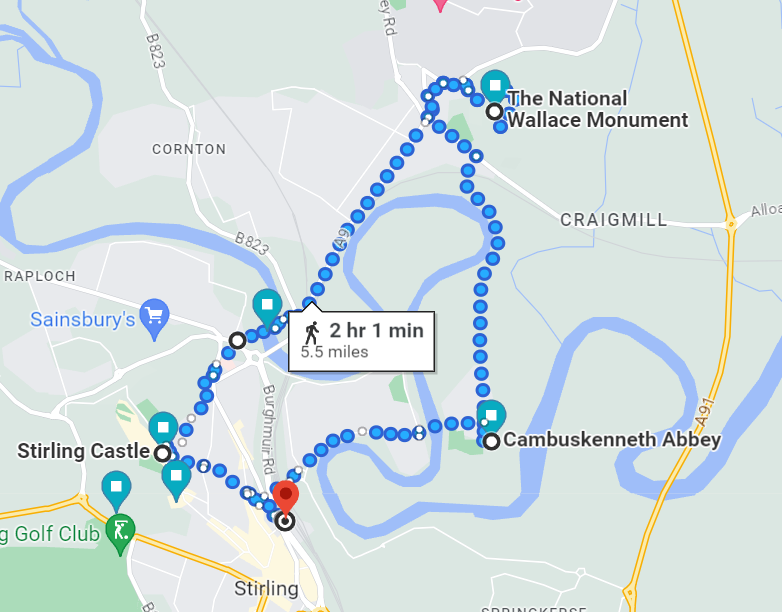
How cheap is a day trip to Stirling?
| Item | Cost |
| 2-way train ticket | £10/15 |
| Tesco Meal Deal | £4 |
| Stirling Castle (online) ticket | £17.50 |
| National Wallace Monument entrance (optional) | £10.50 |
The cheapest that you could possibly make a day trip to Stirling is £31.50. If you choose to check enter the monument and travel at peak travel times, you expect to pay about £47. Generally, food is expensive in Stirling, so I recommend grabbing a sandwich at a local grocery store.
Conclusion
Stirling is a perfect castle town to visit when staying in either Glasgow or Edinburgh. Stirling has more than a castle though, its old streets lead you to some other historical sites like the Cambuskenneth Abbey and the National Wallace Monument. Take the train to Stirling for a perfect day!
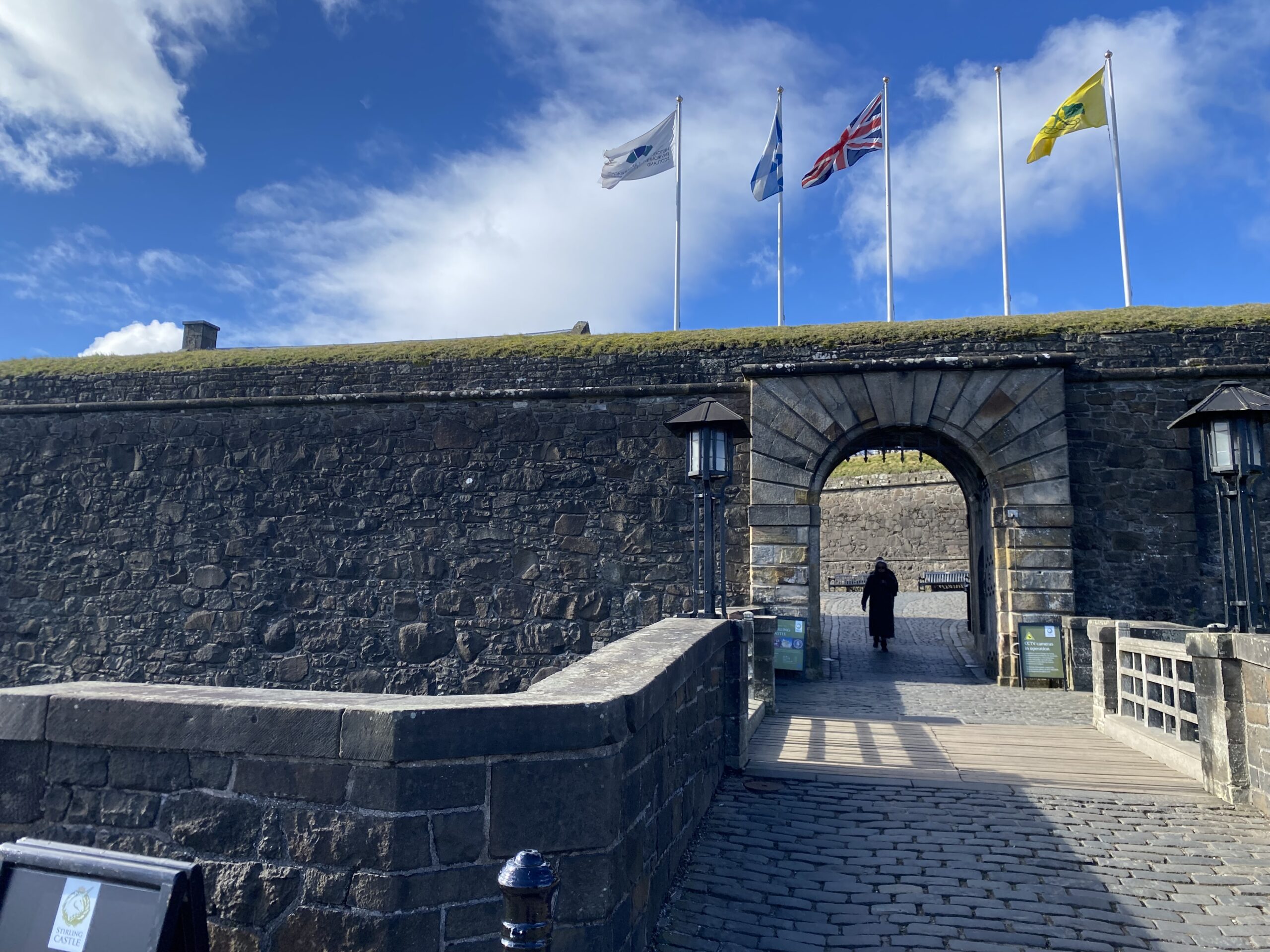
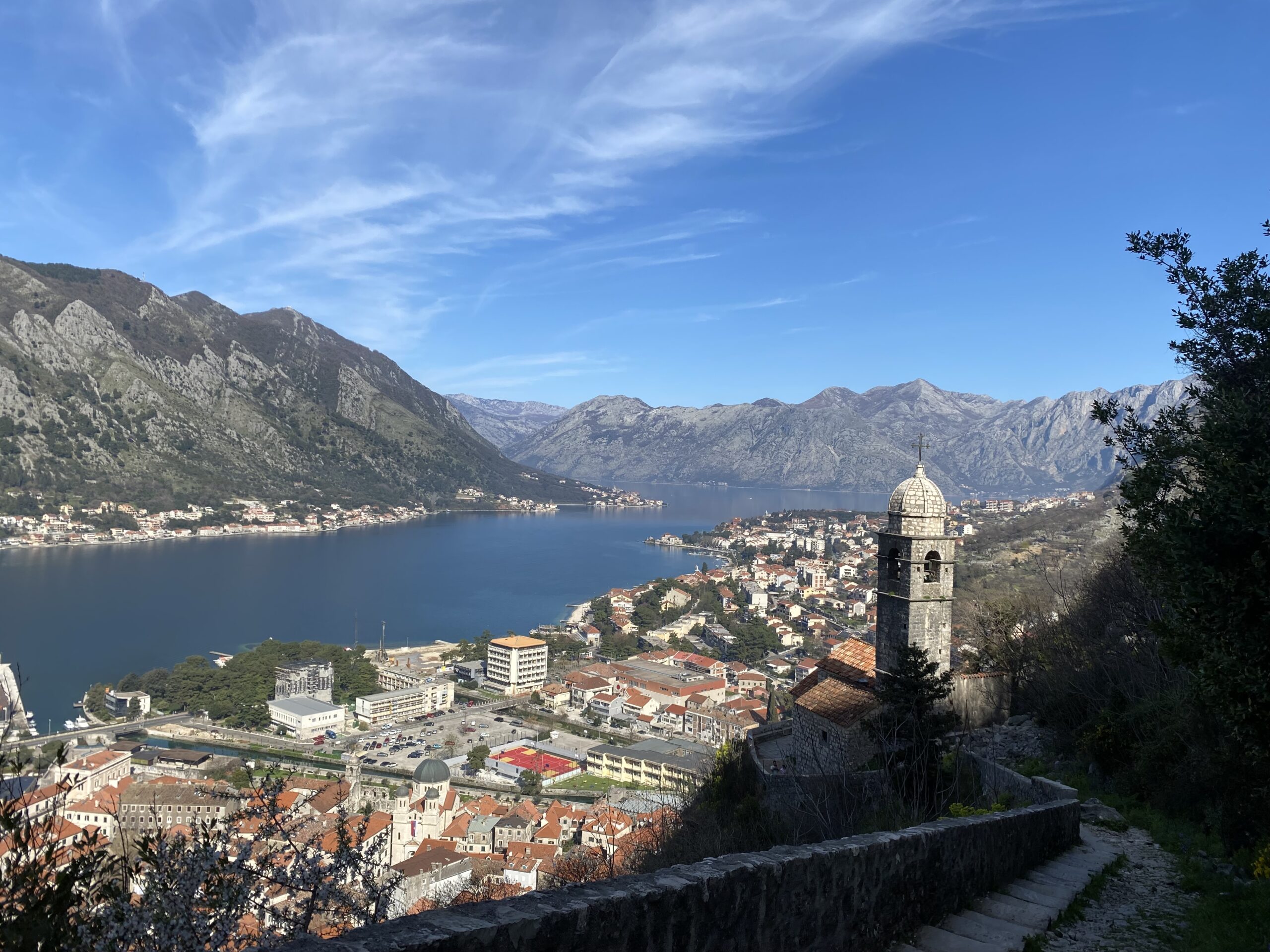
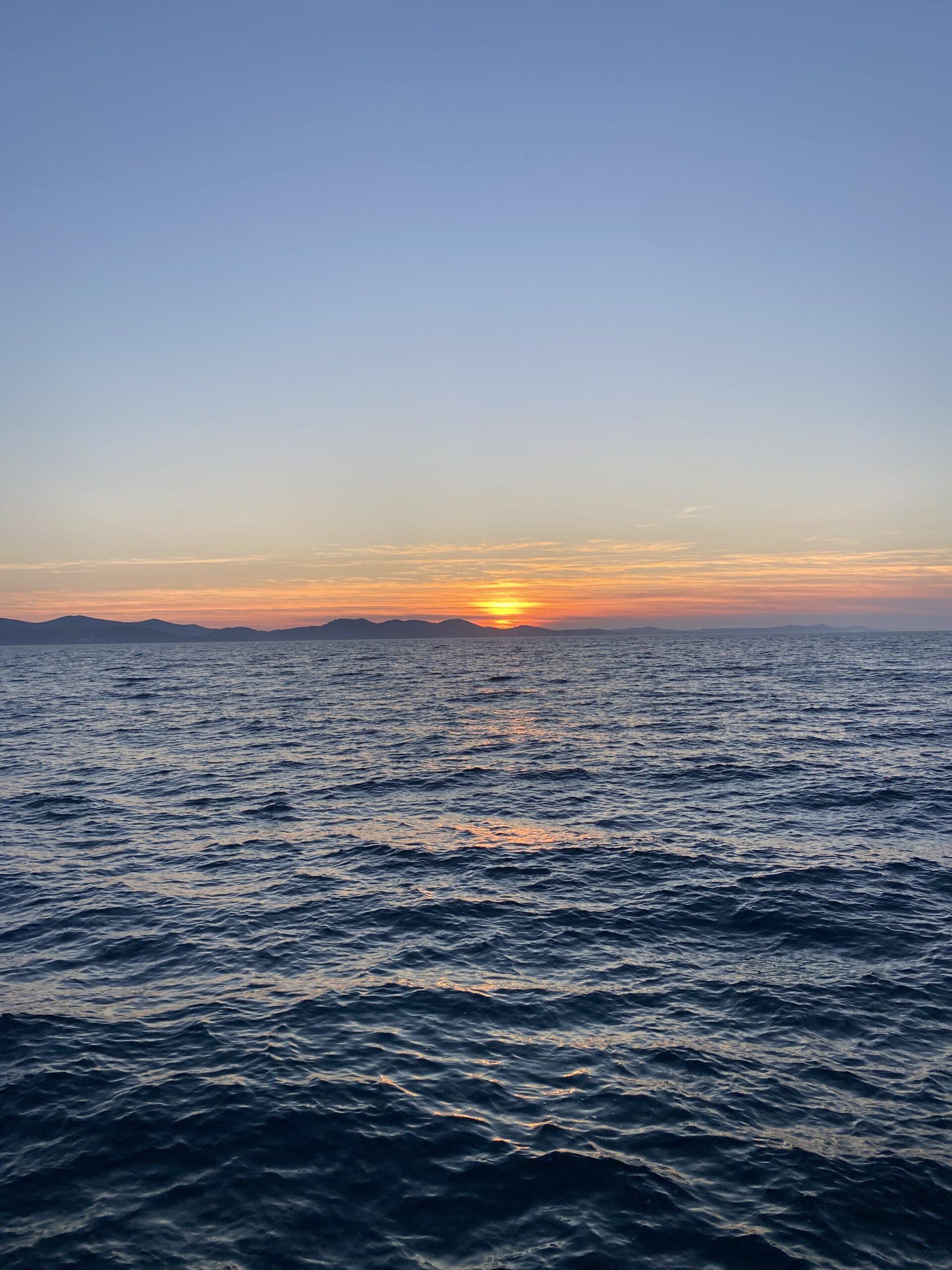

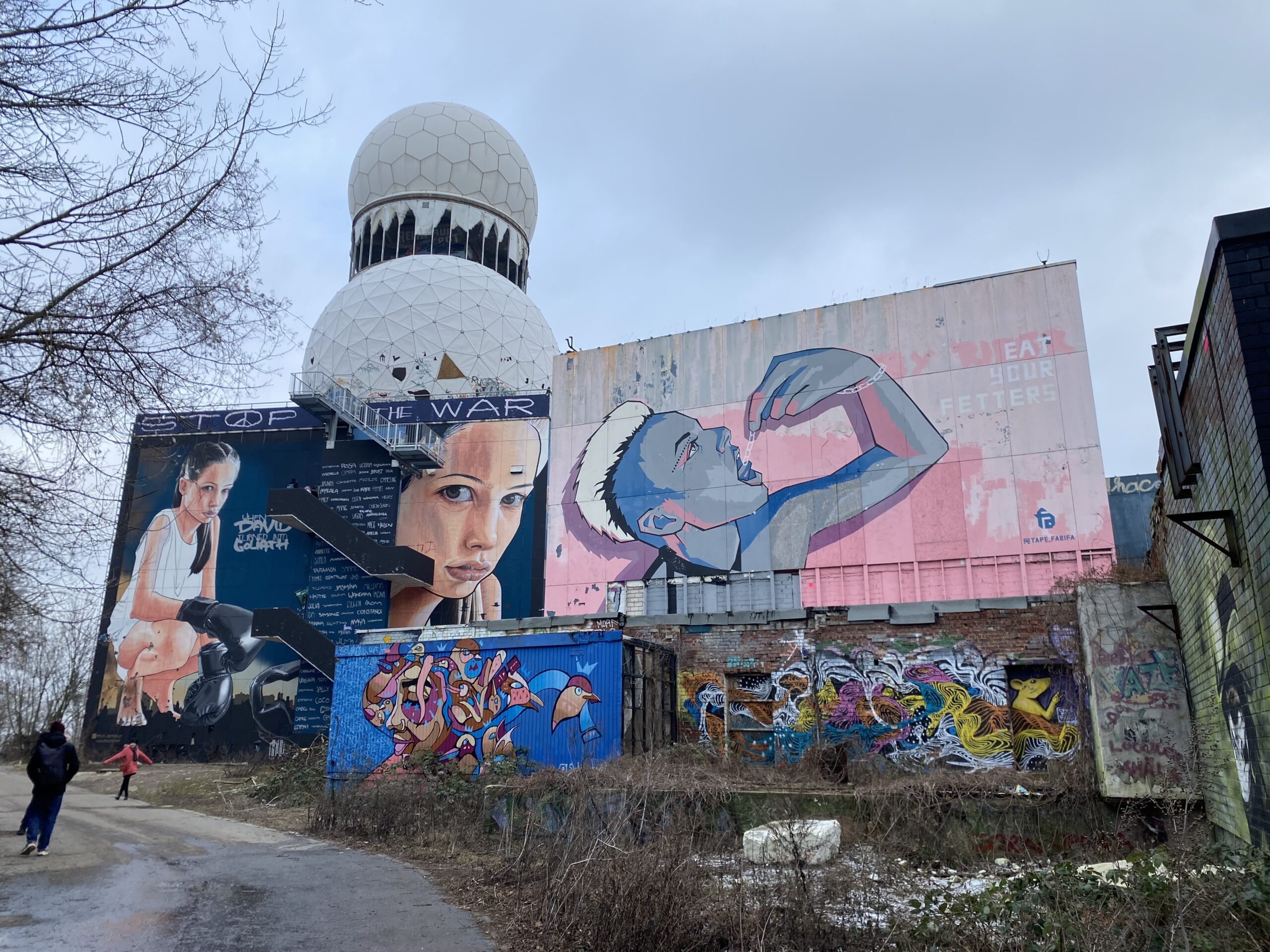
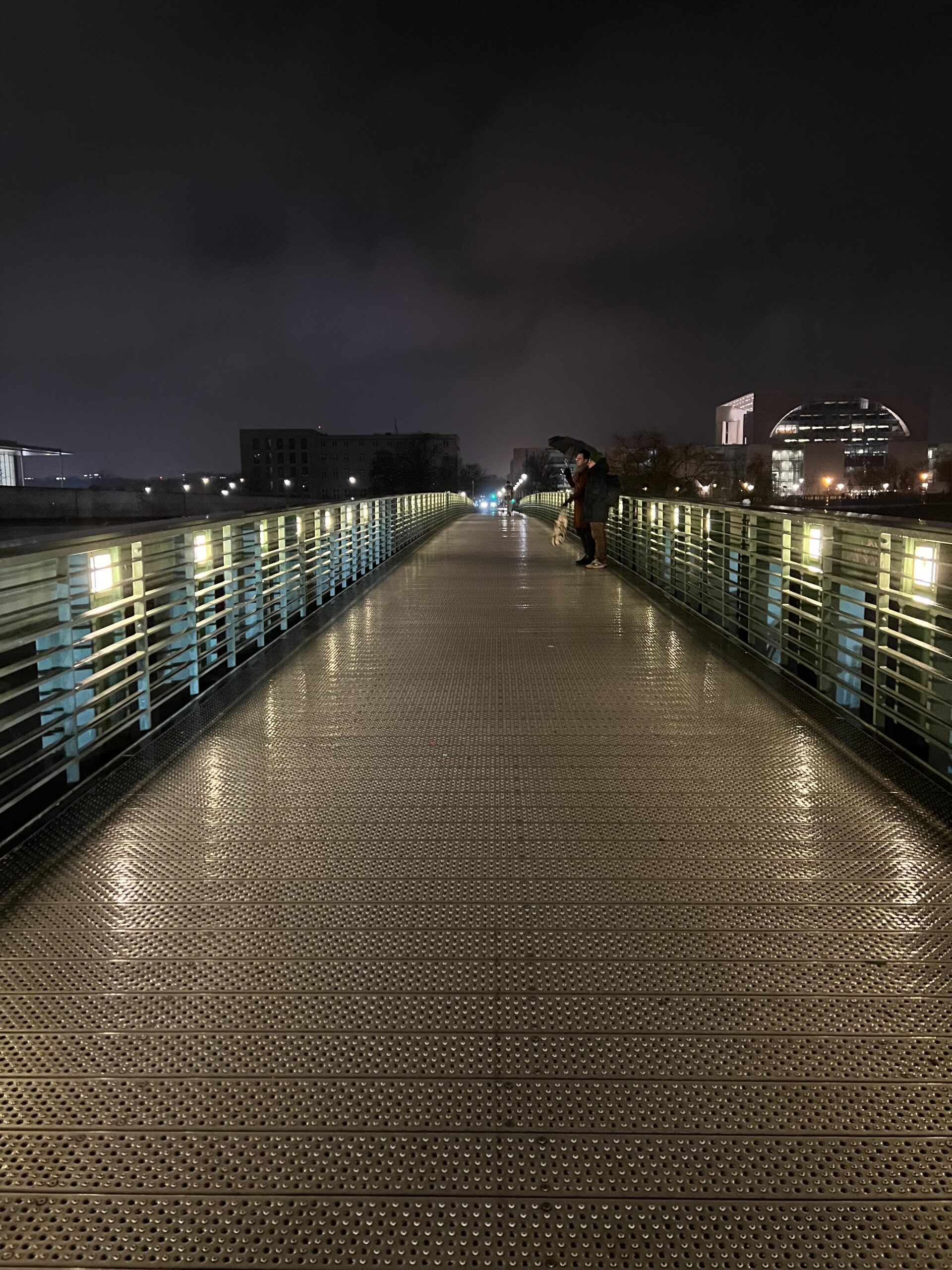
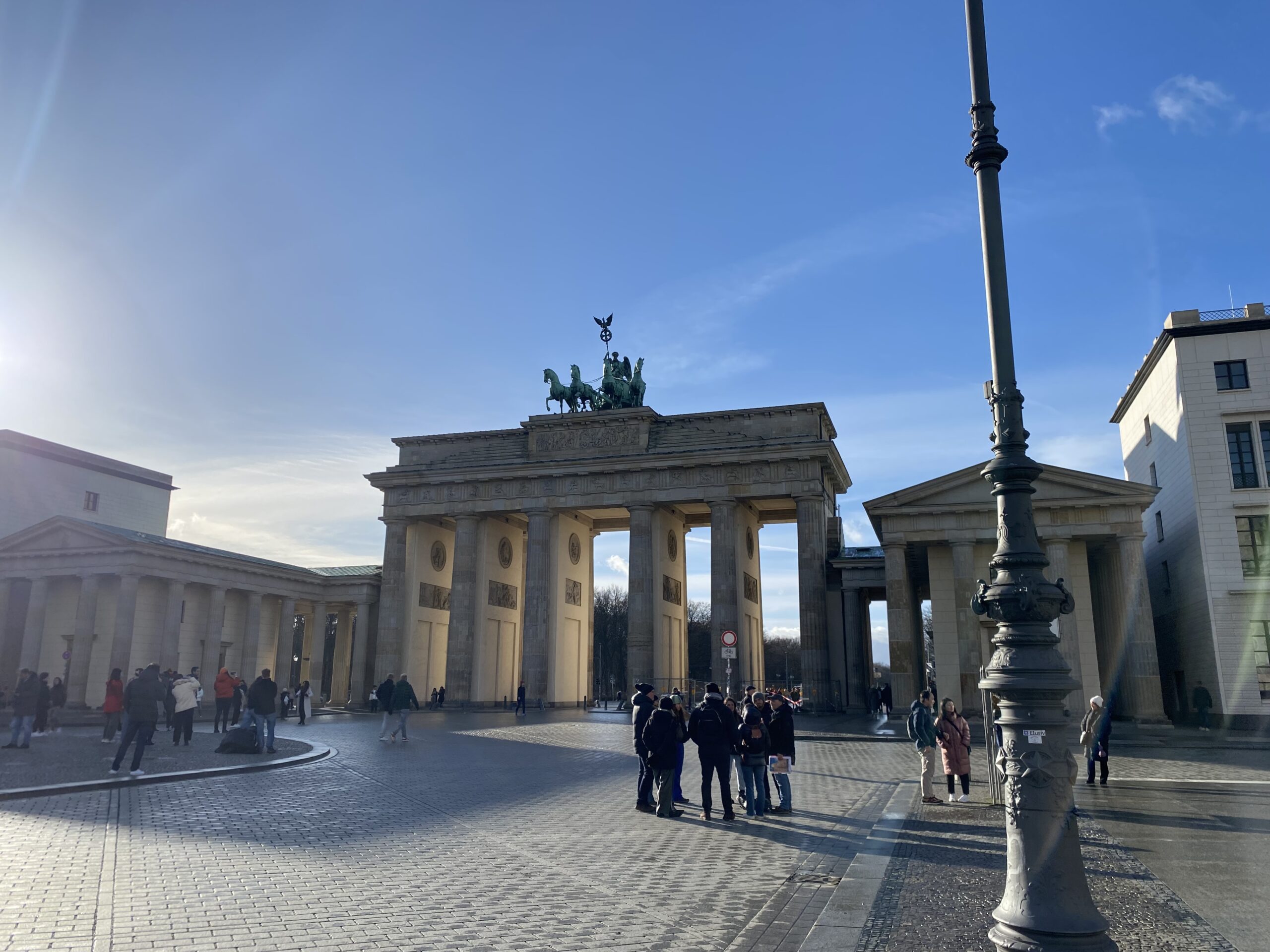
3 replies on “How to Spend a Day Trip to Stirling, Scotland”
[…] There is much to learn about Stirling, so I wrote a separate article explaining how to visit Stirling in a day. […]
[…] and is probably one of the coolest museums I have ever been to. I loved it so much that I wrote an article about it. A round trip train ticket to Stirling will cost you about £20. Make sure to buy your […]
[…] Stirling Castle is a historical masterpiece located just northeast of Glasgow. It is also one of the most culturally significant sites in the country. The castle is a steep £16, but even from the stinginess of a budget traveler, I fully recommend it. The castle is well preserved and acts as a massive museum for all corners of Scottish history. […]